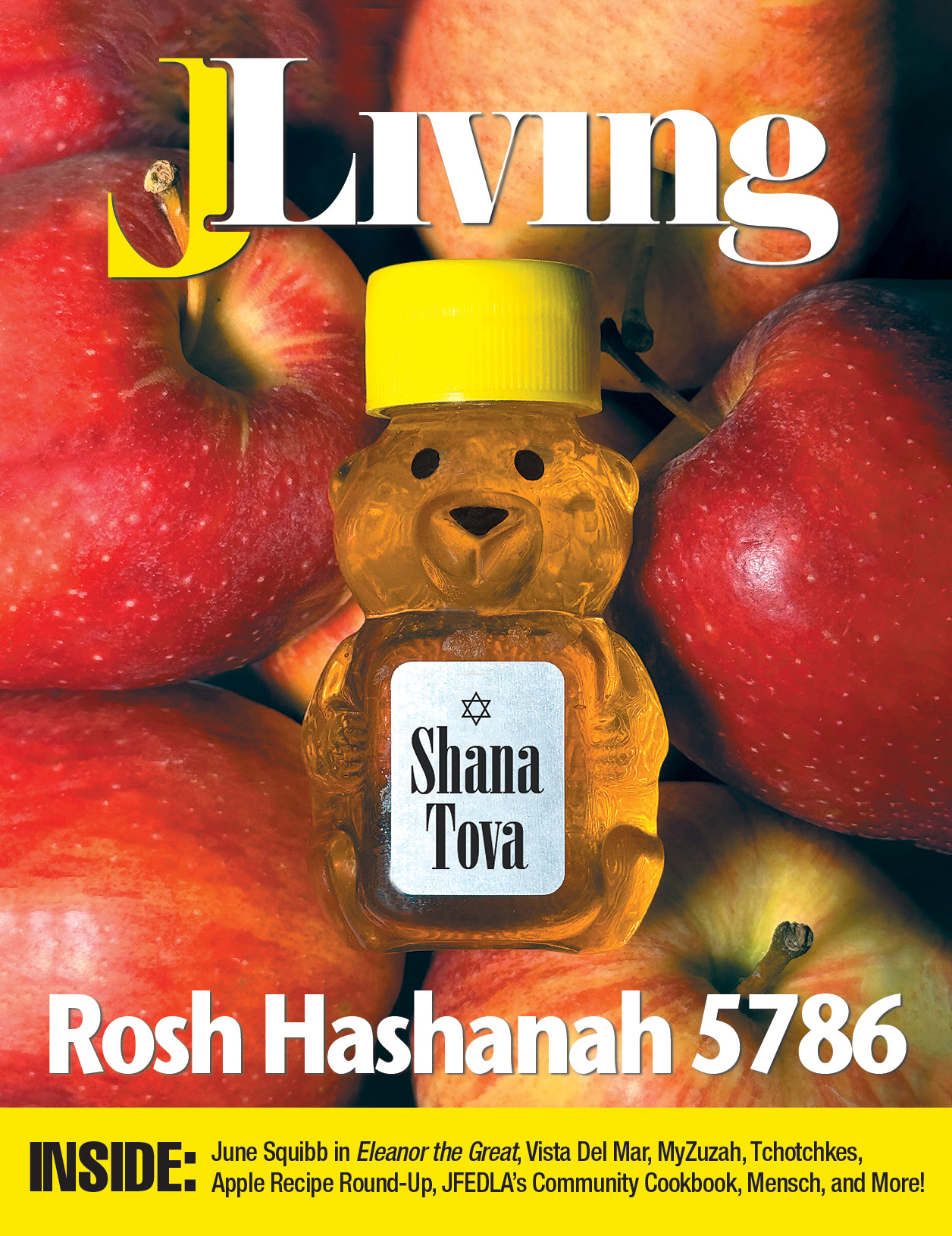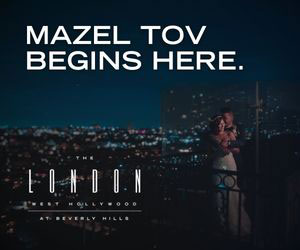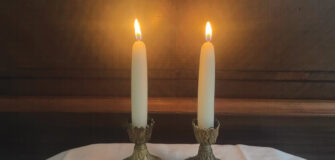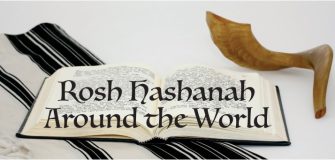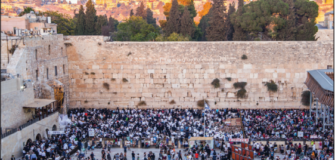Mishegoss – Old Funeral Traditions
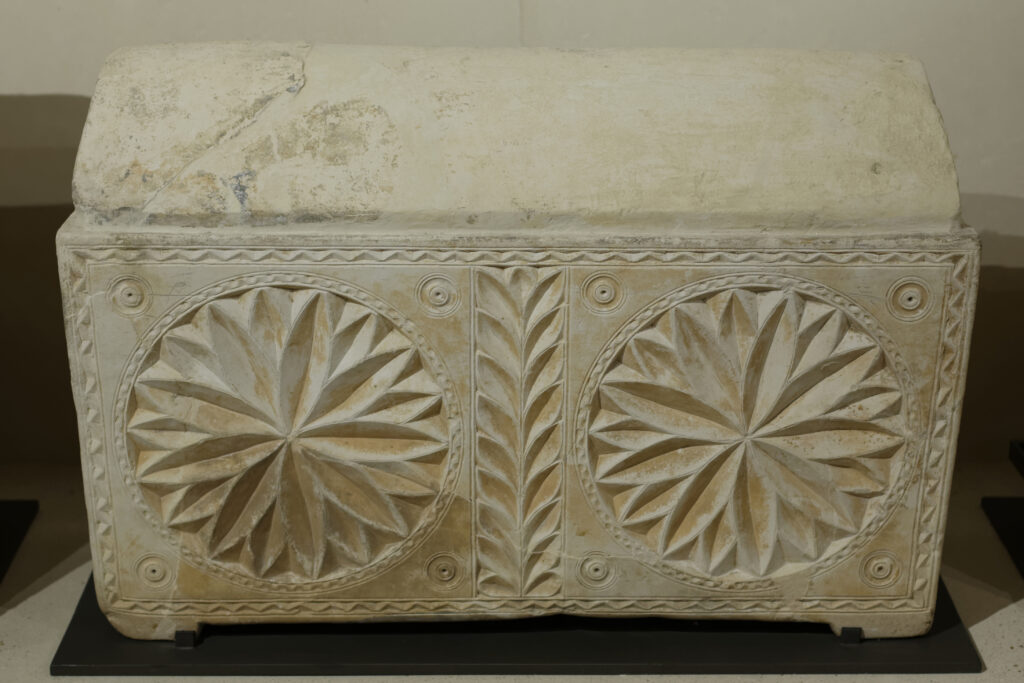
The Jewish Ossuary:
Origins, Customs and Cultural Significance
The use of ossuaries — stone boxes designed to hold human bones — emerged in Jewish burial practices during the late Second Temple period. This practice was developed under Roman rule and reflects a unique intersection of Jewish religious tradition, cultural adaptation and social change.
According to Jewish custom during this era, when a person died, the body was first laid out in a wooden coffin or directly onto a rock shelf within a rock-cut family tomb. These tombs were often carved into the soft limestone hills around Jerusalem and other urban centers. The initial burial allowed for natural decomposition over a period of about a year — a practice known as “primary burial.”
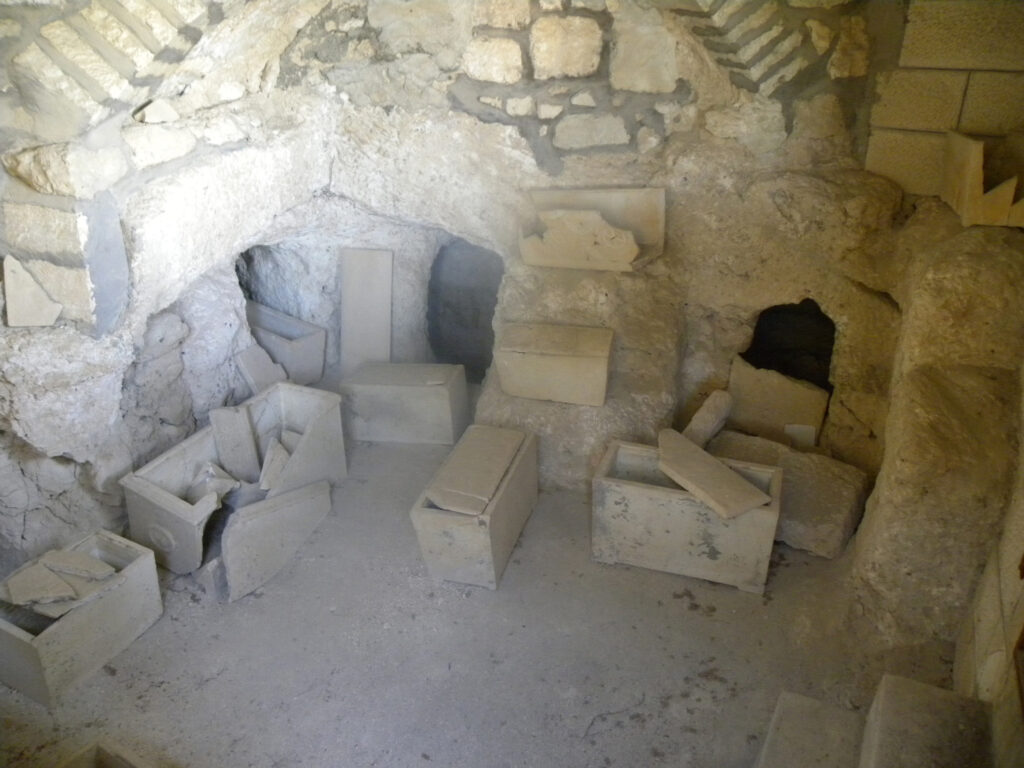
After the flesh had decayed, a process considered complete after approximately 12 months, the bones were collected and placed into a small stone box called an ossuary. This was known as “secondary burial.” The ossuary was then stored in a niche within the family tomb alongside others, allowing the tomb to be reused for future generations.
The custom of using ossuaries declined rapidly after the destruction of the Second Temple. By the mid-2nd century CE, ossuary use had largely disappeared from Jewish communities in the region.
Professional Mourners
In the Talmudic era, Jewish funerals were not only moments of communal grief but also deeply ritualized events involving dramatic expressions of mourning. It was common for funerals to include the services of professional mourners — individuals, often women, whose role was to publicly express sorrow on behalf of the bereaved. Among them were flute players and lamenting women who would weep, wail and chant dirges, intensifying the emotional tone of the ceremony.
The Mishnah, in Ketubot 4:5, highlights the societal expectation for these practices. It states that “even if the husband is poor, he must provide two flutes and one lamenting-woman for the funeral.” This inclusion within a marriage contract underscores how integral public mourning was to the communal observance of death, regardless of economic status.
Women played a notable role not only in performing these mourning rituals but also in shaping their content. Some composed elegies — poetic laments that were chanted aloud. The Babylonian Talmud preserves several examples, including eight elegies attributed to the women of Shoken-Zeb in Babylon, offering rare insight into female authorship and ritual expression in ancient Jewish life.
Societal prohibitions against hearing women’s voices in public, which were generally strict in other contexts, were relaxed during funerary rituals. In these settings, the power of the female voice to express communal sorrow was not only permitted but actively sought out.
The First Burial
The Torah tells us of the tragic murder of Abel by his brother, Cain, but it is silent on what followed — how his parents, Adam and Eve, responded to the death of their son and how they honored his body. This profound absence in the biblical account left space for our sages to offer a deeply human and spiritual interpretation, preserved in midrashic tradition.

According to one such midrash (often associated with Pirkei DeRabbi Eliezer), Adam and Eve were devastated and bewildered after Abel’s death. Having never before experienced death, they had no knowledge of what to do with a lifeless body. In their mourning, they sat beside Abel, overwhelmed with grief and uncertainty.
In that moment, a raven appeared. The bird descended from the sky, carrying the body of another raven in its beak. In front of Adam and Eve, it dug a small ditch in the ground, laid the dead bird inside, and covered it with earth. Adam and Eve understood this as a divine sign and followed the raven’s example and buried their son.
The sages interpret as the origin of burial practices and a foundational moment in the development of chesed shel emet — “true kindness.” This is the term used in Jewish tradition for acts of kindness done for the dead, especially burial, because they are done entirely without the possibility of reciprocation.
Since there is no expectation of reward, the act is purely altruistic. In this way, the midrash teaches that even in the wake of the first recorded act of human violence, kindness can emerge.

